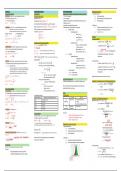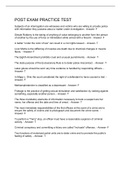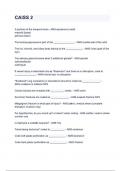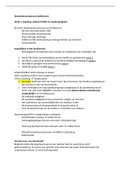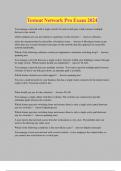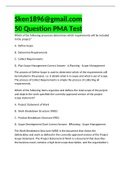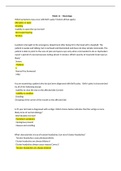Samenvatting
Samenvatting Formularium statistiek, deel 2
- Vak
- Instelling
Dit is een formularium van statistiek, deel 2 Het bestaat uit 1,5 A4 waardoor er nog een beetje plek is om zelf dingen te noteren, bv. formules uit statistiek, deel 1
[Meer zien]
